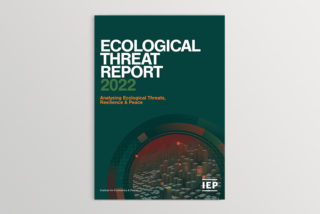COP27, currently being held in Egypt, is the 27th United Nations Climate Change Conference. These meetings take place under the United Nations Framework Convention on Climate Change (UNFCCC), which the Conference of the Parties (COP) oversees. The Rio Earth Summit of 1992 was foundational for this process, and this year’s meeting marks its 30th anniversary.
Three themes seem to drive recent COP meetings:
COP27 is being held in Sharm el-Sheikh until 18 November 2022, and hosts delegates from the 198 parties to the UNFCCC. It is likely to explore the aforementioned themes, as well as biodiversity and decarbonisation. There is an expectation that great focus will be placed on how to finance climate change mitigation (Article 4 Paris Agreement), as well as adaptation policies (Article 7 Paris Agreement). Adaptation refers to altering or adjusting behaviour, systems and ways of life to protect society from the impacts of climate change. Mitigation on the other hand calls for ways to make the impacts of climate change less severe for the planet.
As things stand, this event is looking to promote a progressive agenda understood as “together for implementation”, indicating the international community recognises it needs to implement environmental and climate-based treaties and agreements. The intention at COP27 is to get high-income countries to implement their 2009 pledge to support mitigation and adaptation policies. This is likely to include an emphasis on what is increasingly called “climate reparations,” which is akin to a loss and damage fund that China and the Group of 77 have argued for, but which high-income countries rejected in Glasgow (COP26).
Following the meeting, the campaign for climate reparations became more pronounced with many low-income countries pointing out that although they have the natural, raw resources needed for prosperity, growth and modern economic development; they do not benefit, but rather suffer the consequences that come with the burning of fossil fuel. Many of these countries pointed out that by 2021 the world had used approximately 6% of its carbon budget if the world is to stay below 1.5 degrees Celsius of warming of pre-industrial levels. This limits their ability to rely on fossil fuels for their own industrialisation.
The need for aggressive adaptation and mitigation policies, low-income countries will claim, stems from the global annual surface temperature in 2022 being at 1.1 degrees Celsius to 1.3 degrees Celsius above the pre-industrial average. The years 2015 to 2021 were the warmest on record, with the mean sea level in 2021 an average of 97 millimetres higher than it was in 1993.
Recognition that wealthier, industrialised countries need to support others appeared at the Copenhagen meeting (COP15). It was then that high-income countries committed to provide $100 billion every year by 2020 in financial support to those countries facing climate change related harm. This funding was to come from public and private sources.
The Paris meeting (COP21) led to the adoption of the Paris Agreement. The Paris Treaty focused on three key themes. Firstly, the need for states to recognise that each country was responsible for reducing its emissions of greenhouse gases, which led to a commitment to hold the increase in the global average temperature to well below 2 degrees Celsius above pre-industrial levels.
This also included the aspirational goal of limiting the temperature increase to 1.5 degrees Celsius above pre-industrial levels (Article 2.1(a) Paris Agreement). Under Articles 2.1(b) and 2.1(c) of the Paris Agreement, high-income countries agreed to support and assist climate vulnerable countries with their climate adaptation and mitigation efforts, as low-income countries could not meet their responsibilities. The Philippine government for example has pointed out that the country cannot meet its nationally determined contribution of a 75% reduction in greenhouse gas emissions by 2035 without foreign financial support, which is why the government has only committed to a 2.75% reduction.
Over the last year, after having fallen 4.6% in 2020, greenhouse gas emissions rose by 6.4%. The 2021 rise was a new record. These increases may explain why in terms of natural disasters, 2022 was particularly brutal. The Atlantic hurricane season proved to be highly active (the third most active since records began), with 21 named storms. In 2021, Hurricane Ida accounted for more than $60 billion in damages whereas in 2022 Hurricane Ian caused around $47 billion only in Florida.
There have also been devastating floods in Germany, Belgium, the US, China and Pakistan; with the German floods predicted to have caused around $40 billion in damages. The 2022 Pakistani floods, which at one point covered one-third of the country in water, affected over 33 million people and cost over $10 billion worth of damages. The 2021 Dixie Fire in California caused around $630 million worth of damages. These events underlie how drastically the climate is changing.
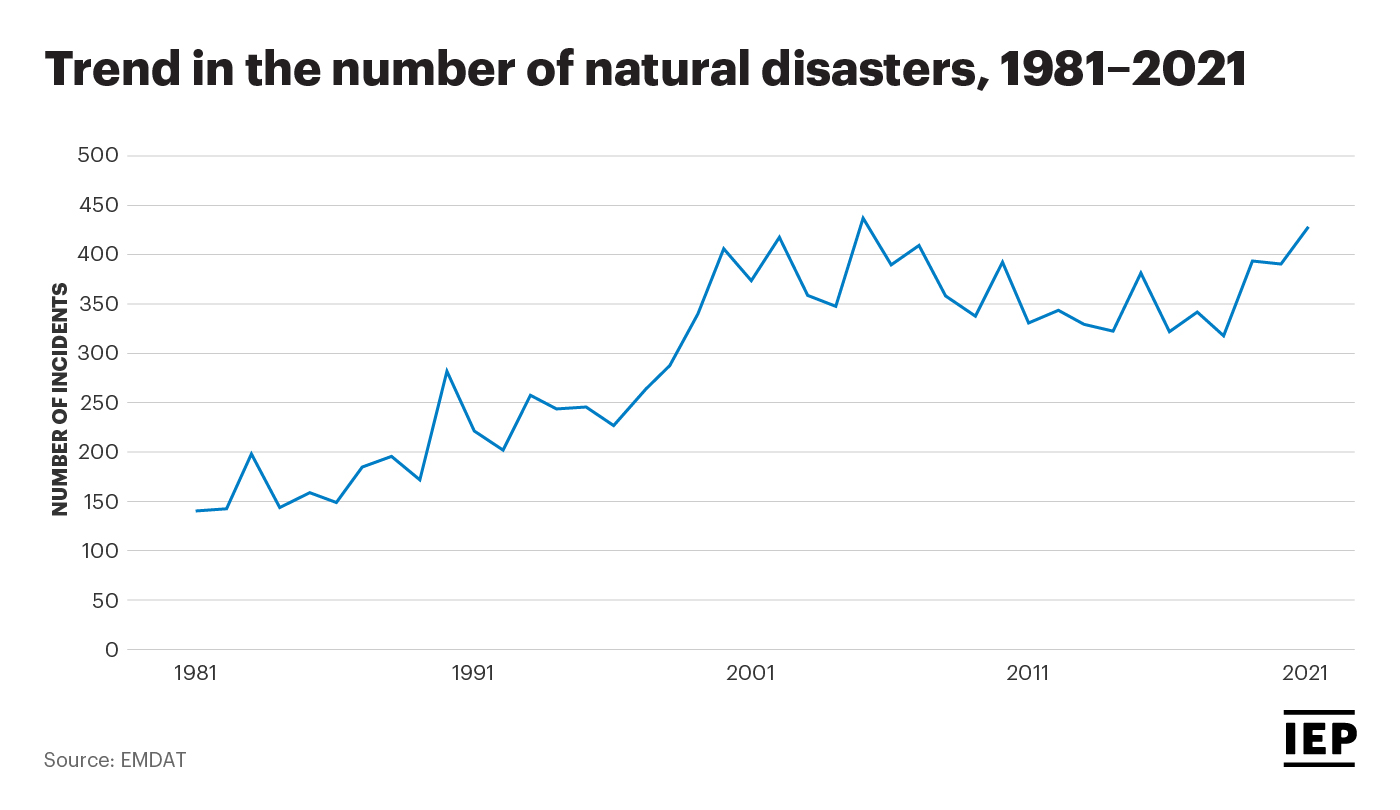
The need for more adaptation policies comes from the recognition that in 2021, of the $365 billion invested in renewable energy only $12 billion went to climate adaptation. This included energy storage, carbon capture and the hydrogen value chain, of which around $500 million came from private sources.
Moreover, investment in fossil fuel continues, with the world’s largest oil and gas companies expected to spend over $930 billion on new developments in the next nine years. Such a level of investment is substantially lower than the $5.7 trillion needed to prepare people for a new climate reality, particularly as the world is unlikely to reduce its greenhouse gas emissions below 1.5 degrees Celsius.
Investment in adaptation is low because of the assumption that it is cheaper to mitigate (i.e. develop new technologies than adapt to climate change), even though by 2030 the cost of climate adaptation could reach $300 billion annually.
Russia’s decision to invade Ukraine is also likely to impact the COP27 negotiations and agreements in several ways. Broadly, the Russians are likely to take a recalcitrant stance, making it harder to engage in good faith discussions. Russia and its allies may exploit the need for an agreement for their national interests, with huge consequences on the Conference’s communique.
For instance, the demand by India and China in the 11th hour to move away from an international commitment to “phase out” coal to instead “phase down” brought Alok Sharma, the president of COP26, to the brink of tears. The change was significant because coal is the dirtiest of the fossil fuels, and without phasing it out the prospect of limiting temperature rise to 1.5 degrees Celsius before 2030 becomes less likely.
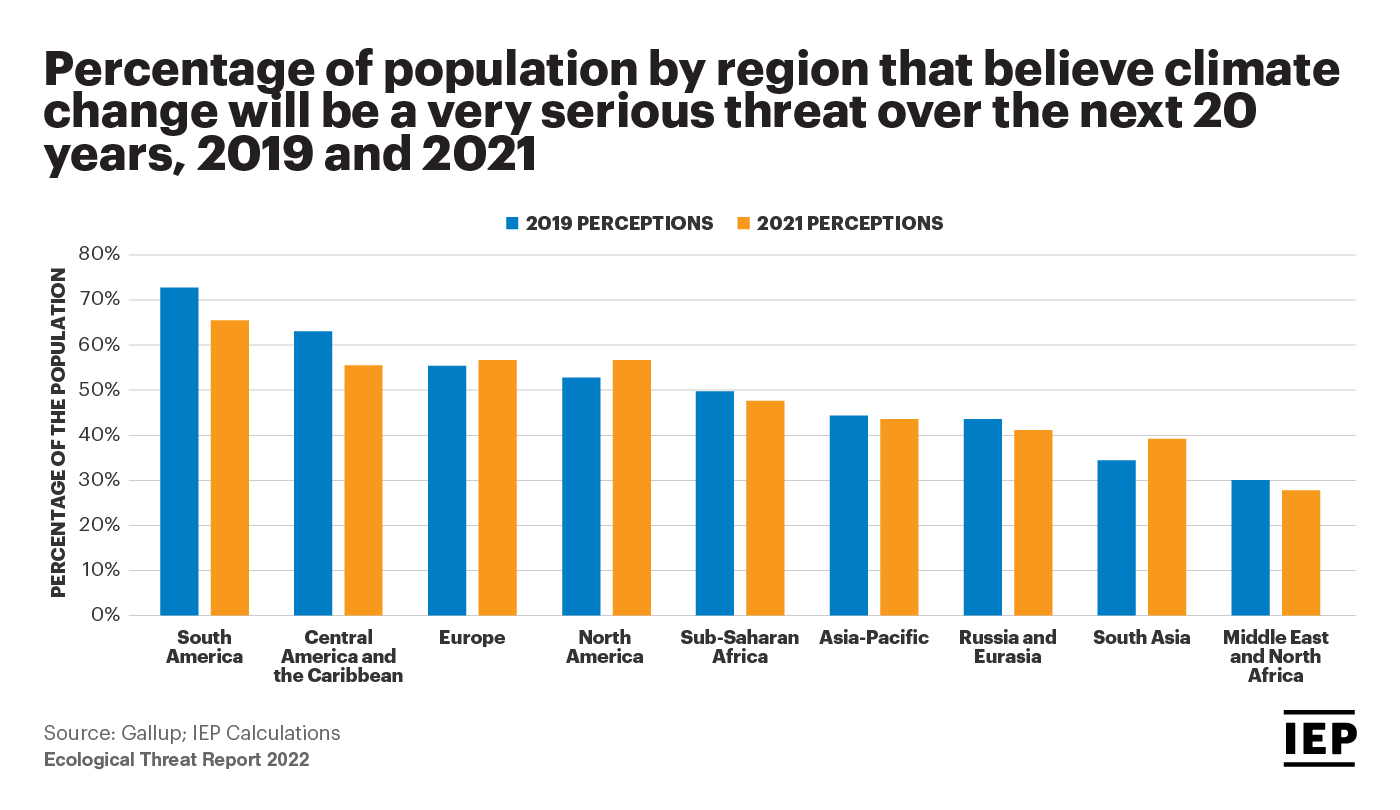
It was hoped that the more ambitious language would compel, instead of encourage, the closure of the world’s existing 8,500 coal-fired power plants and prevent the building of new ones. Russia has seen how dependent Western countries are on fossil fuels; and while many have condemned the invasion of Ukraine, many countries have not.
The cost of living crisis, specifically rising energy and food prices, is also likely to affect the meeting. Many would argue for a need to exploit existing energy sources instead of investing in new technologies and shifting to new power sources. However, many African policymakers and activists argue that despite having large fossil fuel reserves and being responsible for less than 4% of greenhouse gas emissions, 43% of Africa’s population lacks access to electricity. It was therefore unsurprising that some African policymakers remain committed to exploiting their fossil fuel reserves, as a way to raise revenue and continue their reliance on traditional energy sources.
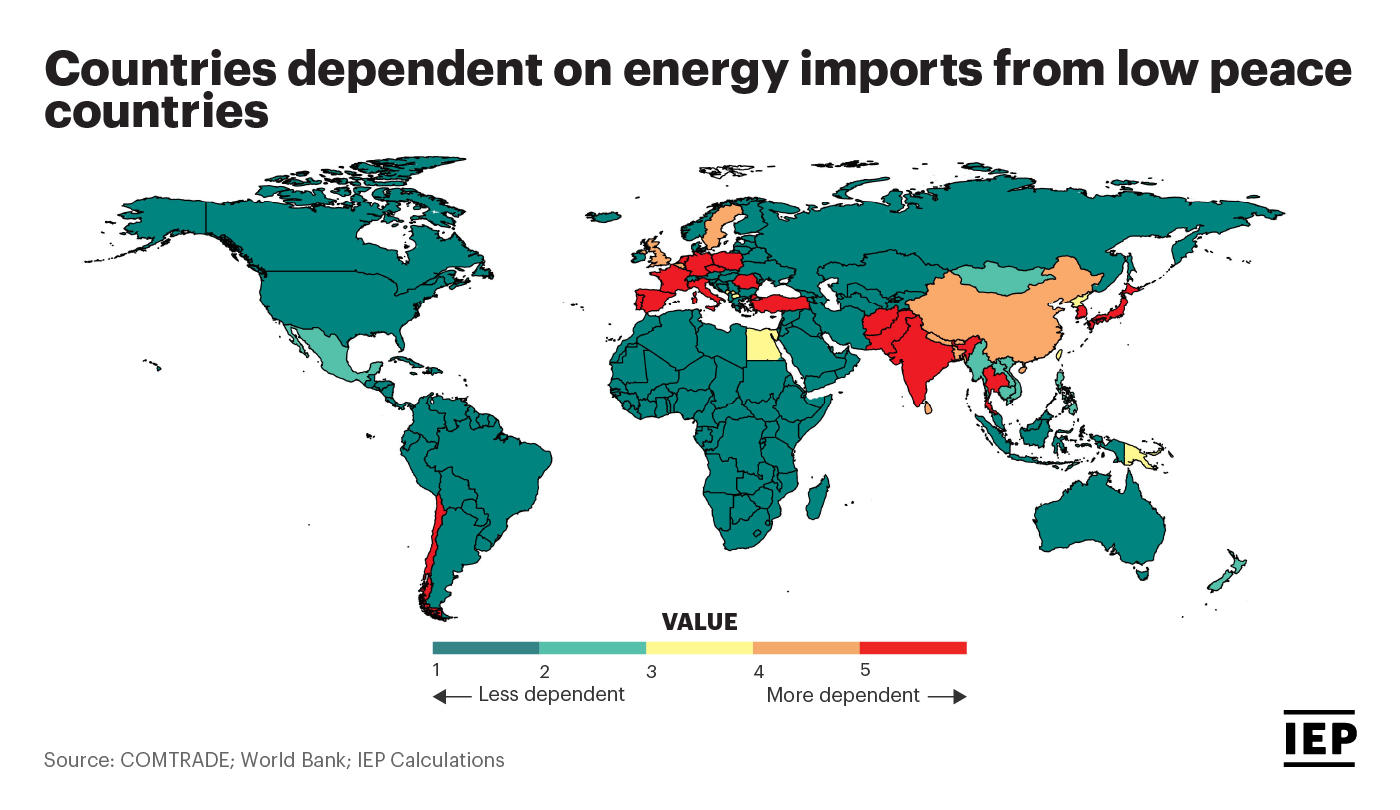
The Russian invasion of Ukraine has underlined to many high and medium-income European countries the danger of relying on Russia for their energy supplies. This has led German, French and Italian policymakers to make repeated visits to Algeria, Saudi Arabia, the UAE, Qatar and the Republic of the Congo in search of new fossil fuel suppliers.
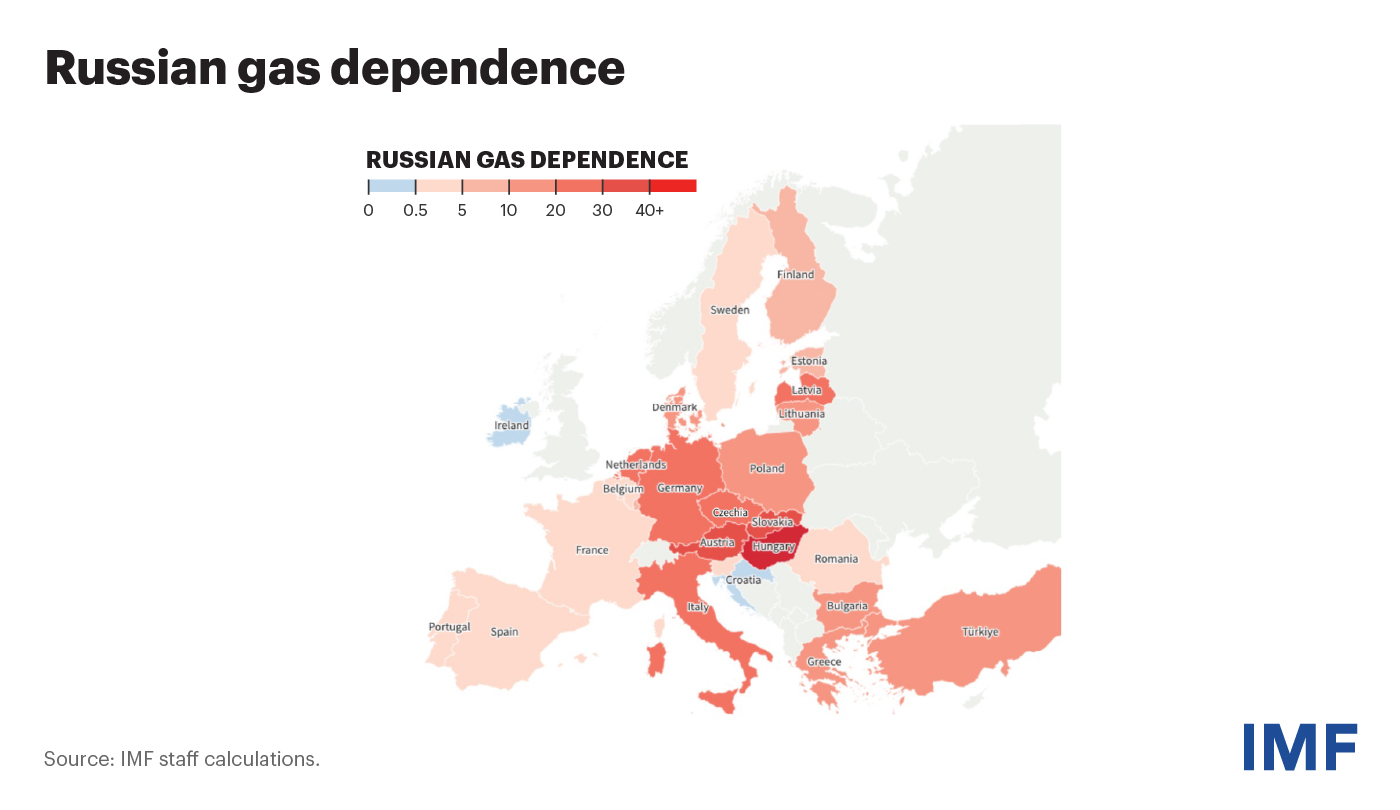
In line with reinforcing their commitment to reduce fossil fuels, the EU has also pushed up its campaign to rely more on renewable energy. Germany is but one European country looking to accelerate their planned share of renewable electricity within its economy from 62% to 80% by 2030. These decisions indicate that countries are looking to take unilateral action to address their energy security concerns.
Compared to previous meetings, COP27 is likely to be relatively low-key. Even though President Biden indicated he will attend, it is unlikely President Putin and President Xi will make the trip. Questions remain as to how many others will attend. Nevertheless, the need is becoming obvious. With one out of five people in Africa facing hunger, double the proportion of other regions, and with water stress rising across the continent – urgent action is required.
COP27 provides a much needed opportunity for world leaders to gather and decide together what collective action must be taken.
